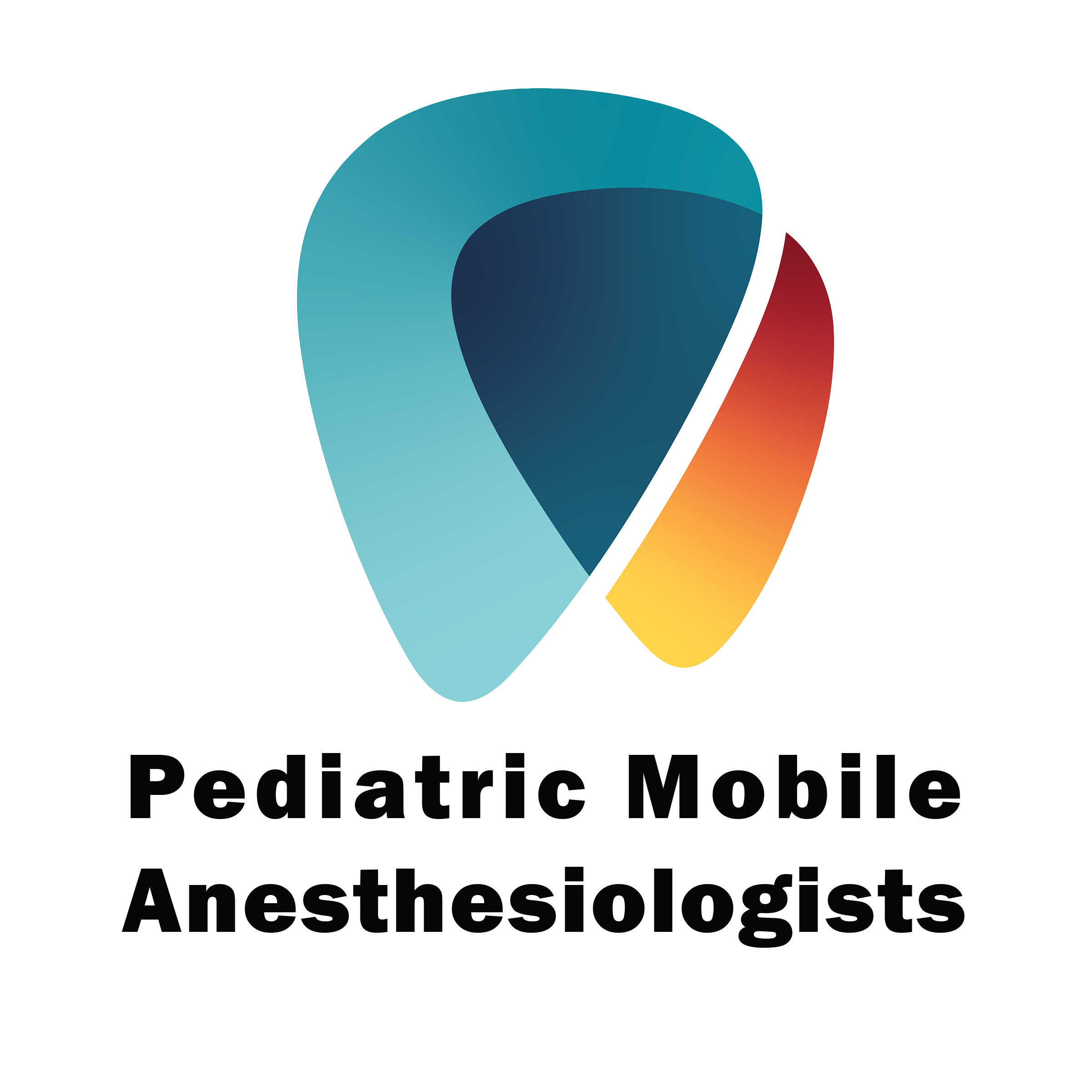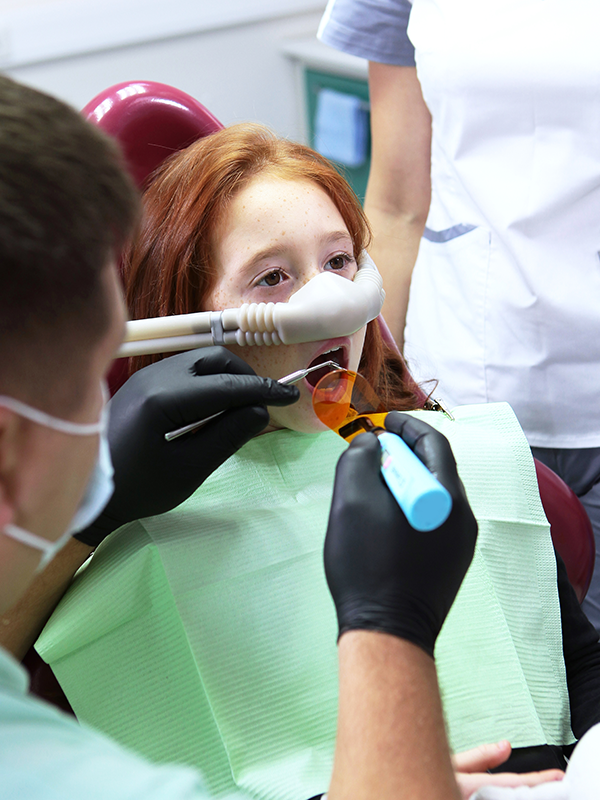Nitrous Oxide
Anesthesia Options
How is Nitrous Oxide used in a Pediatric setting?
Nitric oxide (N₂O), commonly known as laughing gas, is widely used in pediatric dental anesthesia due to its safety, efficacy, and ease of administration. As a mild sedative, it helps reduce anxiety, pain perception, and gag reflex in young patients while allowing them to remain conscious and responsive. The gas is administered via a nasal mask, mixed with oxygen in controlled concentrations to ensure patient safety. One of its key advantages is rapid onset and quick recovery, as it is quickly eliminated from the body through exhalation, minimizing the risk of lingering sedation effects. Additionally, N₂O has a well-established safety profile when used under proper monitoring, making it a preferred choice for managing dental anxiety in children. However, careful titration and monitoring of oxygen saturation levels are crucial to avoid adverse effects such as nausea or dizziness. When used appropriately, nitric oxide enhances the overall dental experience for pediatric patients, promoting cooperation and reducing fear associated with dental procedures.
Nitrous Oxide
What other considerations should you keep in mind?
Beyond its role in anxiety and pain management, nitrous oxide (N₂O) in pediatric dentistry offers several additional benefits and considerations. It is particularly useful for children with special healthcare needs or those with heightened dental anxiety, providing a non-invasive way to facilitate treatment while maintaining communication with the patient. Its rapid onset and easy titration allow for precise control of sedation levels, making it a flexible option for various dental procedures, from routine cleanings to more involved restorations. Additionally, the minimal residual effects of N₂O enable children to return to their normal activities shortly after treatment, reducing disruptions to their daily routines. However, it is essential to assess each child’s medical history, as conditions such as respiratory disorders (e.g., asthma) or recent upper respiratory infections may impact its effectiveness. Proper scavenging systems must also be in place to prevent occupational exposure to dental staff. When used with proper protocols, nitrous oxide remains one of the safest and most effective sedation options for managing pediatric dental patients, fostering a more positive and cooperative experience for both children and practitioners.



